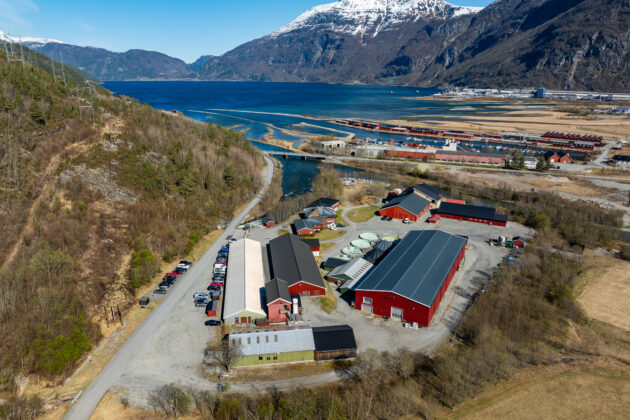High quality smolt are vital for successful salmon farming. But the question remains: should they be allowed to grow larger on land to ensure better performance once they enter the sea?”
The future of smolt production will take center stage at the upcoming conference “The Future of Smolt Production,” to be held on October 16-17, 2024, at Norwegian research institute Nofima’s research station in Sunndalsøra.
Organized biennially by Nofima and Sunndal Næringsselskap, the event will focus on innovations in recirculating aquaculture systems (RAS) and closed sea facilities.
Opening the conference will be Norwegian Minister of Fisheries and Ocean Policy, Marianne Sivertsen Næss. The event will feature discussions on how industry leaders, researchers, and policymakers can collaborate to reduce sea mortality rates, with a key debate centering on whether growing larger smolt on land could improve outcomes at sea.
“The conference began in 2008 when interest in water recycling in aquaculture surged in Norway. Today, we have much clearer insights into what benefits salmon welfare, both from research and practical experience,” said Trine Ytrestøyl, senior scientist at Nofima and chair of the conference committee.
This year’s event will also introduce a new session on feed and feeding in RAS systems, focusing on the impact of water quality and fish health. Senior scientist Bente Ruyter from Nofima will present her research comparing the effects of omega-3 in flow-through systems versus RAS environments.
In addition, speakers from The Freshwater Institute in the US will discuss novel precision aquaculture technologies and advancements in water quality management.
With growing international interest in smolt production, Nofima anticipates high attendance from across the industry. Ytrestøyl emphasized, “This is a global issue rooted in Norwegian conditions, and we hope for strong participation from all parts of the sector.”


